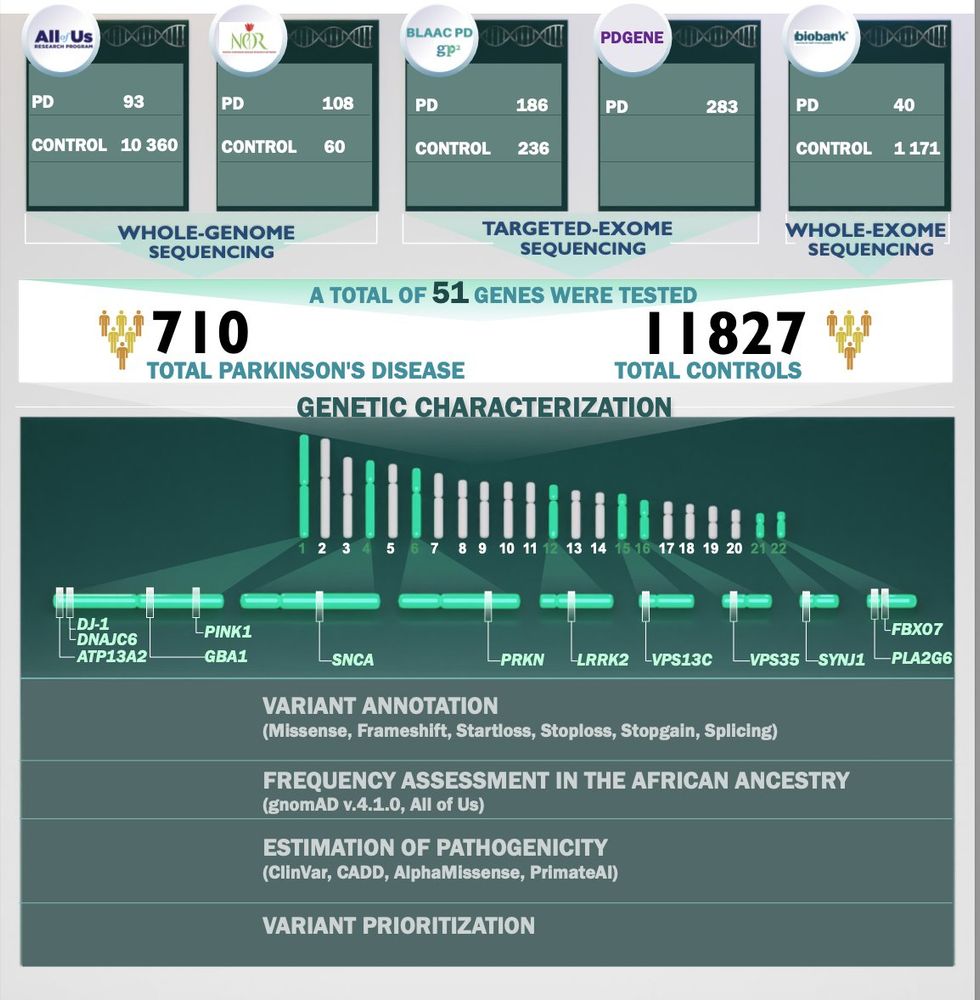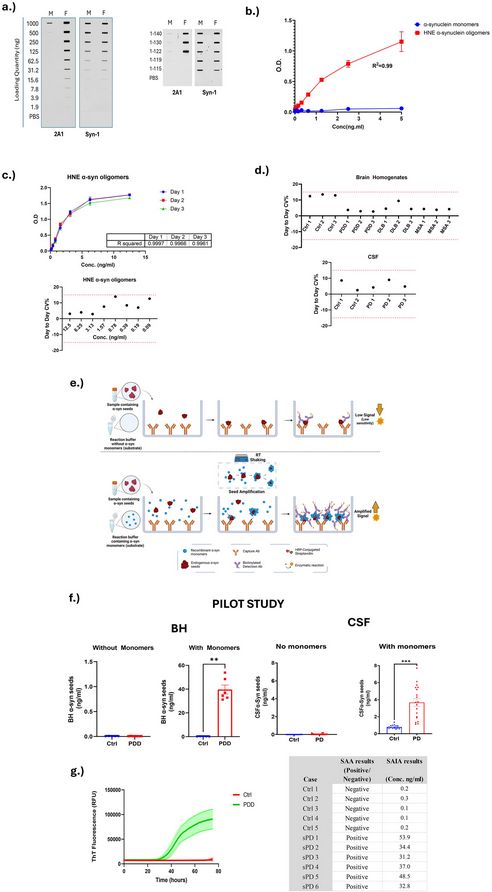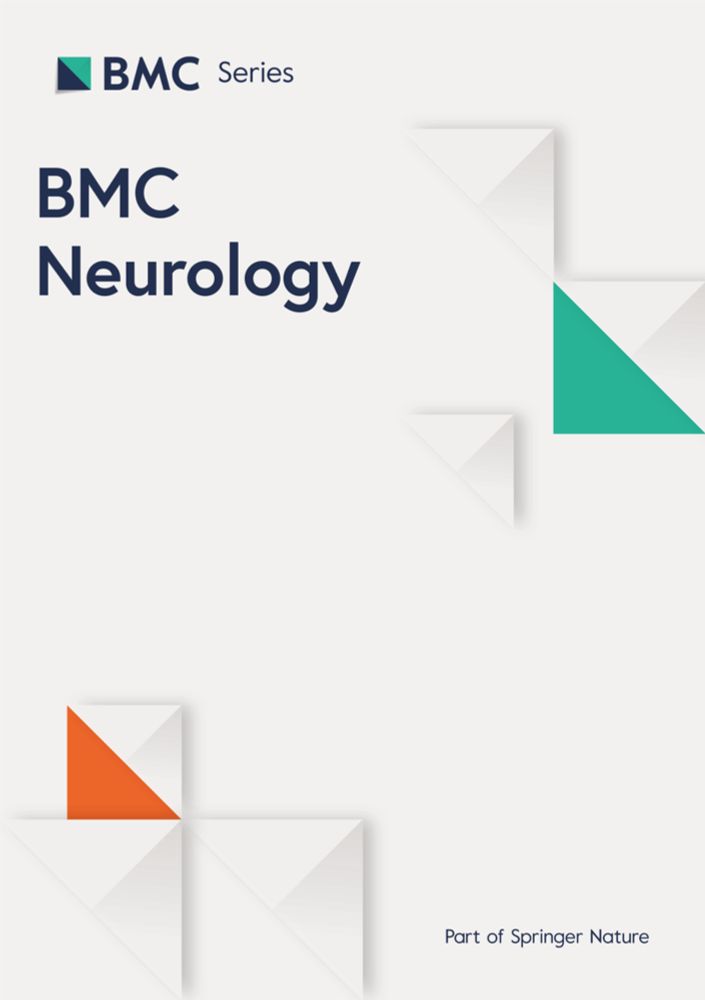The Science of Parkinson's
@scienceofpd.bsky.social
720 followers
6 following
1.3K posts
Personal account of the Director of Research at Cure Parkinson's - All views my own - Kiwi - Kia kaha - 侘寂 - https://scienceofparkinsons.com/
Posts
Media
Videos
Starter Packs






























